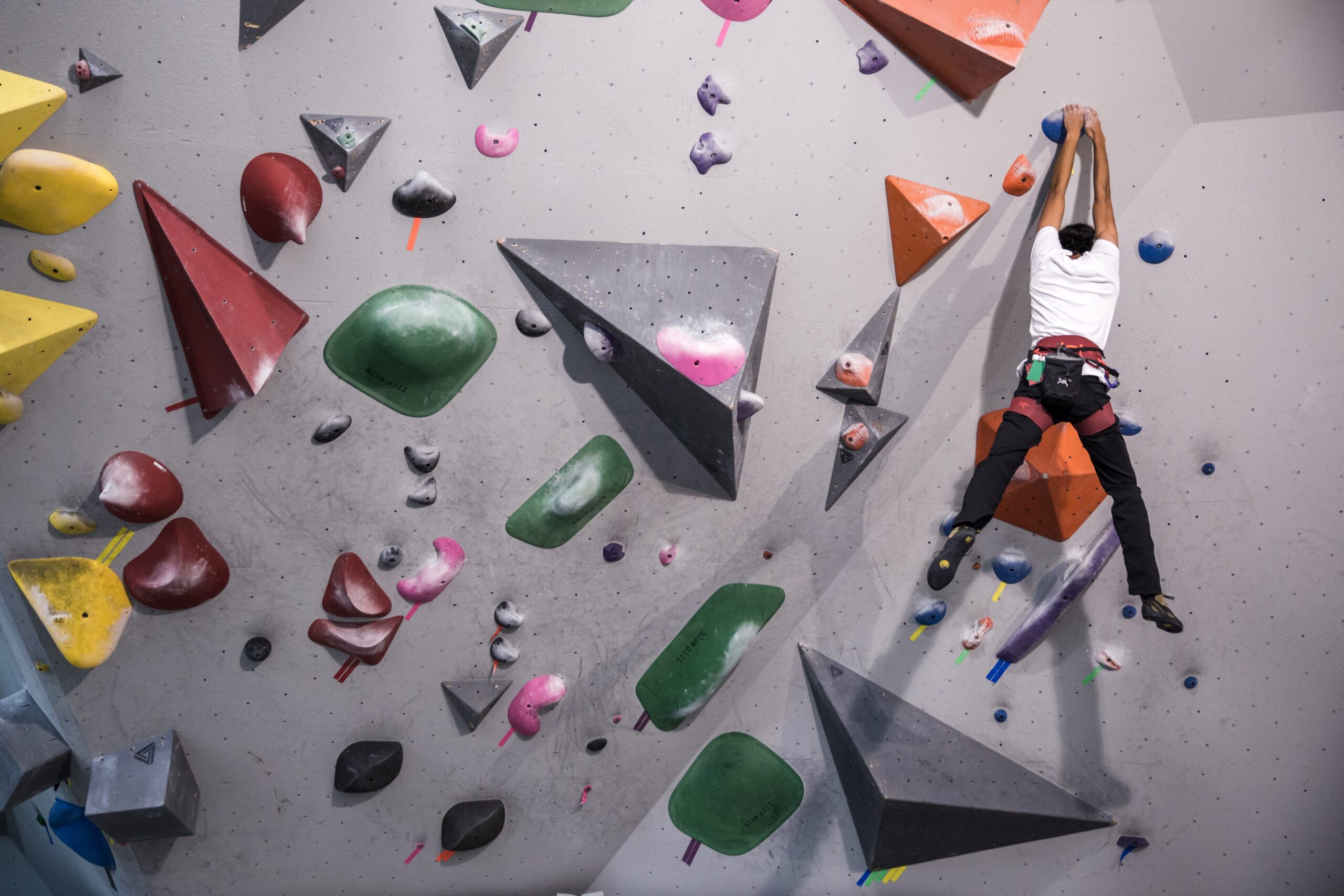Important Precautions for Caving Trips: Keep Safe Underground
Spelunking, also known as spelunking, offers an thrilling journey into the Earth’s hidden nooks. However, discovering these underground worlds isn’t without its risks. To ensure a safe and enjoyable adventure, it’s crucial to take specific precautions before you even enter a cave.
From the appropriate gear to grasping cave settings, planning is key. I’ll guide you through the essential stages to keep your caving adventure both exciting and secure. Whether you’re a rookie or an seasoned caver, these measures can make all the change in exploring the below ground environment securely.
Comprehending The Essentials
Caving, like any open-air pursuit, necessitates a complete grasp of basic ideas to secure safety. First and foremost, familiarity with earth science formations inside caves is crucial. Different kinds of caves present specific challenges and hazards. For example, limestone caves often have complicated tunnel systems, whereas lava tubes can be more simple but pose hazards like unstable ceilings.
Ensuring proper equipment is another key essential. Cavers must have a trustworthy helmet with a headlamp, robust boots, gloves, and suitable clothing to protect against the cold and damp conditions often found in caves. Bringing extra batteries and spare light sources is essential, given that visibility is indispensable for navigation.
Comprehending the value of a caving buddy system also can’t be emphasized enough. It’s always less risky to explore with at least one other person to aid in urgent situations. Notify someone outside the group with your caving trip details to secure help can be organized if needed.
In addition to these steps, obtaining knowledge from past events can be crucial. The Nutty Putty Cave Incident emphasizes the necessity for preparation and prudence. The unfortunate event, where a caver became trapped in a confined passage, illustrates the possible hazards of caving without adequate precautions and situational awareness.
Nature conservation is another essential rule of caving. Refrain from touching formations as oils from the skin can harm fragile cave formations. Maintain noise sound down to avoid bothering the animals that dwells in these dark settings dwelling. Always adhere to the “Leave No Trace” guidelines to protect the pristine nature of caves.
Lastly, physical conditioning is crucial. Caving can be physique-wise taxing, requiring muscle, resilience, and flexibility. Consistent exercise and targeted training for cave exploring, climbing, and crawling help prepare one’s body for the unique challenges of caving.
Crucial Gear And Equipment
When it comes to caving, having the suitable gear is vital. Proper equipment ensures protection and permits cavers to navigate subterranean environments efficiently.
Helmets
Helmets protect against head injuries from falling rocks and limited ceilings. Select for a high-quality helmet made for climbing or caving, with an flexible chin strap. It’s recommended to choose helmets with built-in mounts for headlamps to secure lighting secure and free hands. Helmets should always be utilized, especially in complex cave systems.
Lights And Batteries
Reliable lighting is essential in the dark cave condition. Use headlamps as primary light sources, and take at least two secondary flashlights. LED headlamps are recommended for their intensity and longevity. Always bring extra batteries to prevent being stuck in the dark. Place batteries in waterproof containers to shield them from moisture. The Nutty Putty Cave Incident is a reminder of the importance of sufficient lighting and readiness.
Appropriate Clothing
Wear sturdy clothing that guards while enabling mobility. Use sweat-resistant layers to control sweat and keep body warmth. Thermal layers help in cold cave environments, while breathable outer layers guard from scrapes. Gloves protect hands from pointed rocks, and sturdy, waterproof boots with good grip are vital for rough and slippery surfaces. Proper clothing prevents harm and keeps you comfortable throughout the caving adventure.
Protection Measures To Follow
Securing security during a caving adventure requires several key methods and readiness. Below are essential steps to consider.
Navigation Skills
Correct navigation in caves is vital. Caves are complex, with many twists, bends, and possible risks. I always bring a detailed map of the cave, a compass, and a GPS device if it’s reachable. Preparation in basic cartography helps read maps accurately, correlating with the real cave setting.
Comprehending cave signals is essential. Many caves have established route markers to guide explorers. Adhering to these markers can prevent getting lost. I rehearse recognizing and utilizing these markers before exploring more intricate cave systems.
Crisis Protocols
Urgent protocols are essential for handling sudden situations. Having a clear action plan is critical. I always begin by briefing my group on crisis protocols, including exit strategies.
Bringing a first aid kit, complete with items for treating typical caving injuries, is essential. Components like bandages, antiseptic wipes, and pain relievers should be contained. I make sure everyone understands how to access and utilize these supplies.
Connection devices like two-way radios ensure the communication with the team and outside help. In the Nutty Putty Cave Incident, absence of timely communication obstructed rescue operations, emphasizing the significance of trustworthy devices.
Personal locator beacons (PLBs) can alert for help if standard communication doesn’t work. These tools can be lifesaving when deeply underground. I consider their presence in any emergency kit essential.
Keeping fitness fitness and psychological alertness prepares cavers for emergencies. Consistent training in rescue strategies improves readiness to support fellow explorers if needed.
Environmental Considerations
Caving can affect fragile underground ecosystems. Respecting the cave setting is essential to protect its untouched condition and secure minimal harm.
Protecting Wildlife
Caves often host distinct wildlife, including bats, insects, and other creatures. Reducing disruptions to these species is essential.
● Do not Noise Pollution: Loud voices and equipment can distress cave-dwelling animals.
● Respect Habitats: Don’t grasp or disrupt nests and roosting areas. Refrain from visiting during breeding periods.
● Follow Guidelines: Use caving protocols designed to guard resident species. Many caves have specific rules to reduce the influence on local wildlife, so adhere to them firmly.
Leave No Trace Guidelines
Applying “Leave No Trace” guidelines ensures the cave remains pure for future explorers.
● Remove Waste: Removing trash and waste maintains the cave’s setting. This includes natural waste, which can disrupt the ecosystem.
● Do not Marking Surfaces: Graffiti and markings harm the cave’s beauty and natural structures. Use guidance aids that don’t create a lasting mark.
● Remain on Designated Paths: Wandering from paths can damage sensitive formations and biological communities.
Protecting the cave environment enhances your caving journey while preserving these amazing natural wonders for others.
Fitness-Related And Psychological Preparation
Planning is key to a protected and satisfying caving adventure. Grasping the requirements caving imposes on the body and mind ensures you’re ready for any difficulties underground.
Physical Fitness
Keeping strong physical conditioning is essential for caving. Given the taxing nature of of exploring tight passages and scaling rugged terrain, I recommend participating in consistent cardiovascular workouts, strength training, and pliability exercises. Running, cycling, and swimming help increase endurance, while weightlifting and bodyweight exercises enhance muscular strength. Agility exercises like yoga aid in maneuvering through narrow spaces without injury.
Mental Resilience And Teamwork
Cognitive resilience is essential for dealing with the emotional stress of caving, such as tight spaces and changing conditions. Training the mind to keep cool under pressure boosts your problem-solving ability in emergencies. Practising mindfulness and breathing techniques can fortify mental endurance.
Teamwork also plays a significant role in securing protection. Open communication enhances trust and productive collaboration among group members. Distributing responsibilities and supporting each other boosts morale and reduces individual stress. While caving, always bear in mind the lessons from the Nutty Putty Cave Incident, which emphasize the significance of planning, teamwork, and situational awareness.
Spelunking is an exhilarating journey that necessitates thorough preparation and consideration for both protection and the surroundings. By arming yourself with the appropriate gear and understanding, you can explore the underground world with assurance. Always focus on protection by using the buddy system, alerting others of your plans, and being equipped for urgent situations. Honor the fragile ecosystems within caves and comply to “Leave No Trace” principles to maintain these natural wonders. Fitness and psychological readiness are key to having a protected and fulfilling caving adventure. Remain watchful, be ready, and relish the joy of discovering the below ground world.



